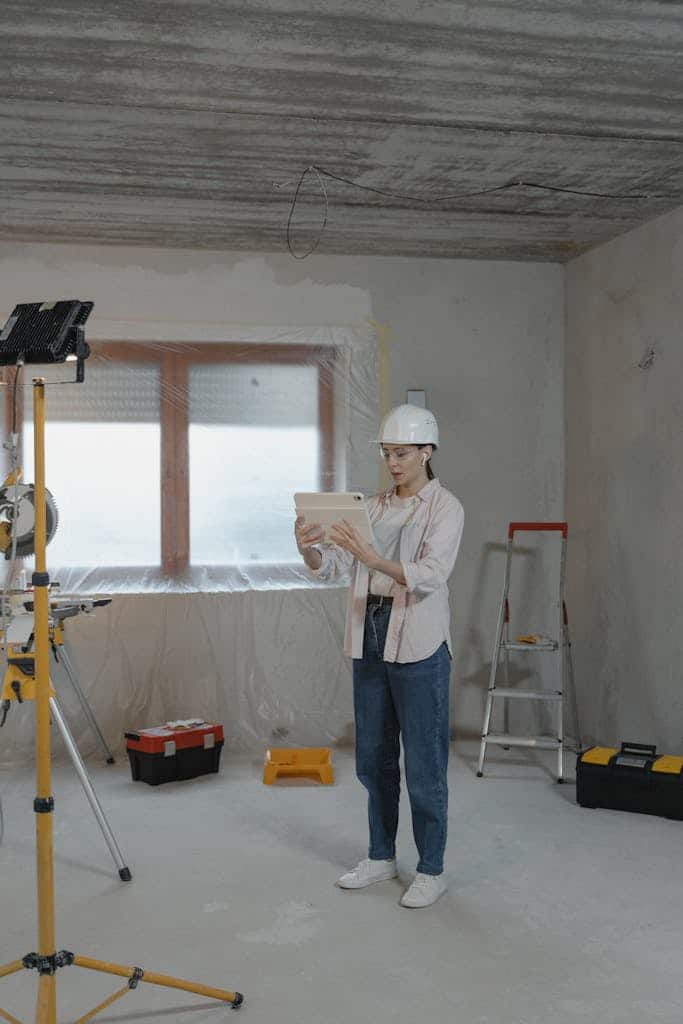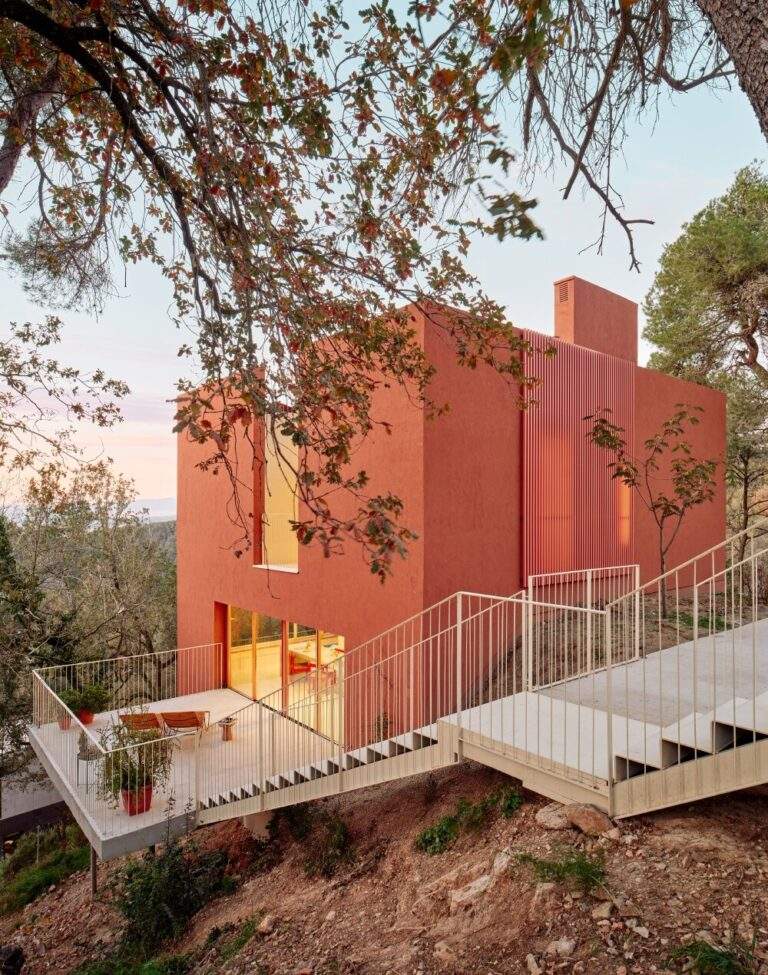The Client: How Emotions, Family Dynamics, and Personality Shape Architectural Projects
Introduction: Architecture as Emotional Translation
In a recent panel discussion I attended, a professor shared a revealing anecdote. Before delivering a lecture on residential design, he scrolled through dozens of project images and noticed something peculiar: the client’s personality — more than budget, more than style — was always stamped on the final product. “Some homes are confident,” he said. “Others are confused. And some seem to be fighting with themselves.”
Architecture isn’t just about massing and materials — it’s about people. Designing for a client means translating emotions, fears, relationships, and aspirations into built form. And when the client is a couple, a family, or an unpredictable character, the challenge becomes not just spatial, but psychological.
1. The Emotional Client: Mood as a Design Variable
The mood, clarity, or confusion of the client often defines the pace and trajectory of the design process. Studies in architectural psychology have shown that emotionally volatile clients tend to cause delays and overdesign. A 2016 report from The Journal of Design Research found that projects with indecisive or reactive clients extended timelines by an average of 22% and exceeded budget targets by over 15% due to frequent change orders and shifting requirements (JDR, 2016).
Architect Farshid Moussavi noted in an interview that some clients “treat the design process like therapy.” In such cases, the architect becomes a mediator, absorbing emotional projections and transforming them into architecture. While this can be artistically rewarding, it also makes the process vulnerable to emotional volatility — excitement one day, withdrawal the next.
2. Couples and Conflict: Dual Visions, One House
Designing for a couple introduces another layer: the negotiation of two personalities, two sets of desires, and one physical outcome. When alignment exists, the architecture sings. When conflict dominates, the result may be aesthetically conflicted or functionally compromised.
A 2021 case study by Architectural Record followed a Los Angeles firm working with a high-profile couple. The husband envisioned a Brutalist concrete shell; the wife imagined a warm Mediterranean villa. After 14 months of mediation and design iterations, the project resulted in an award-winning hybrid — raw structure enveloping soft interior zones. The couple’s dissonance actually enriched the architectural expression, pushing the architects to invent a new typology.
But this is not always the case. In contrast, a 2019 survey by the UK’s HomeOwners Alliance found that 1 in 6 renovations involving couples led to serious delays or halts due to interpersonal disagreements — some even terminating the project altogether.

3. Improvisation and Instinct: The Client as Co-Designer
Clients often make spontaneous or intuitive changes during construction. These mid-stream interventions — a sudden window here, a shifted wall there — can create magic or chaos.
In a 2022 article by Dezeen, a residential architect recalled how a client in Riyadh insisted on adding a rooftop pergola two weeks before handover. The decision, while disruptive to the contractor’s schedule, became the home’s defining feature, praised for its sculptural presence and shade logic.
However, improvisation often has a cost. The Construction Management Journal reported that client-initiated design changes made during construction increase project costs by 9.4% on average and lead to schedule slippages of 18 to 40 days, depending on complexity.
The takeaway? Spontaneity can be a gift — but only if the design team is agile and collaborative enough to absorb it.
4. The Young Architect’s Dilemma: Academia vs. Emotional Labor
For young architects, client behavior is often a rude awakening. While academic studios focus on theory, narrative, and spatial logic, the real world introduces ego, indecision, and contradiction.
Many graduates enter practice with idealism, only to be burned out by projects where their creativity is constantly revised by clients with no architectural background. A 2020 survey from The Architect’s Newspaper revealed that 34% of new architects leave practice within five years, citing “client mismanagement and emotional fatigue” as key reasons.
Some, like architect and theorist Keller Easterling, opt for academia, where intellectual control and conceptual autonomy are preserved. Others move into speculative design or installation art to escape the compromises of the client-driven commission.
5. Design as Shared Authorship: Embracing the Clien
Despite the challenges, client collaboration can produce deeply meaningful architecture. When the architect embraces the role of facilitator — rather than auteur — the project becomes a kind of biography written in walls, openings, and material choices.
The best projects are not those where the architect dominates or the client dictates, but where both engage in a mutual act of creation. Architect Peter Zumthor once described architecture as “emotional real estate” — a phrase that reminds us that every project is both physical and psychological.
The house, after all, is not just a shelter — it’s a mirror.
Conclusion: Designing with, Not for
Architecture, at its core, is the most personal of the arts — one lived in, not just looked at. To design with care is to navigate human complexity: love, fear, indecision, conflict. The emotional and interpersonal dynamics of the client shape the project just as much as light, site, or program.







